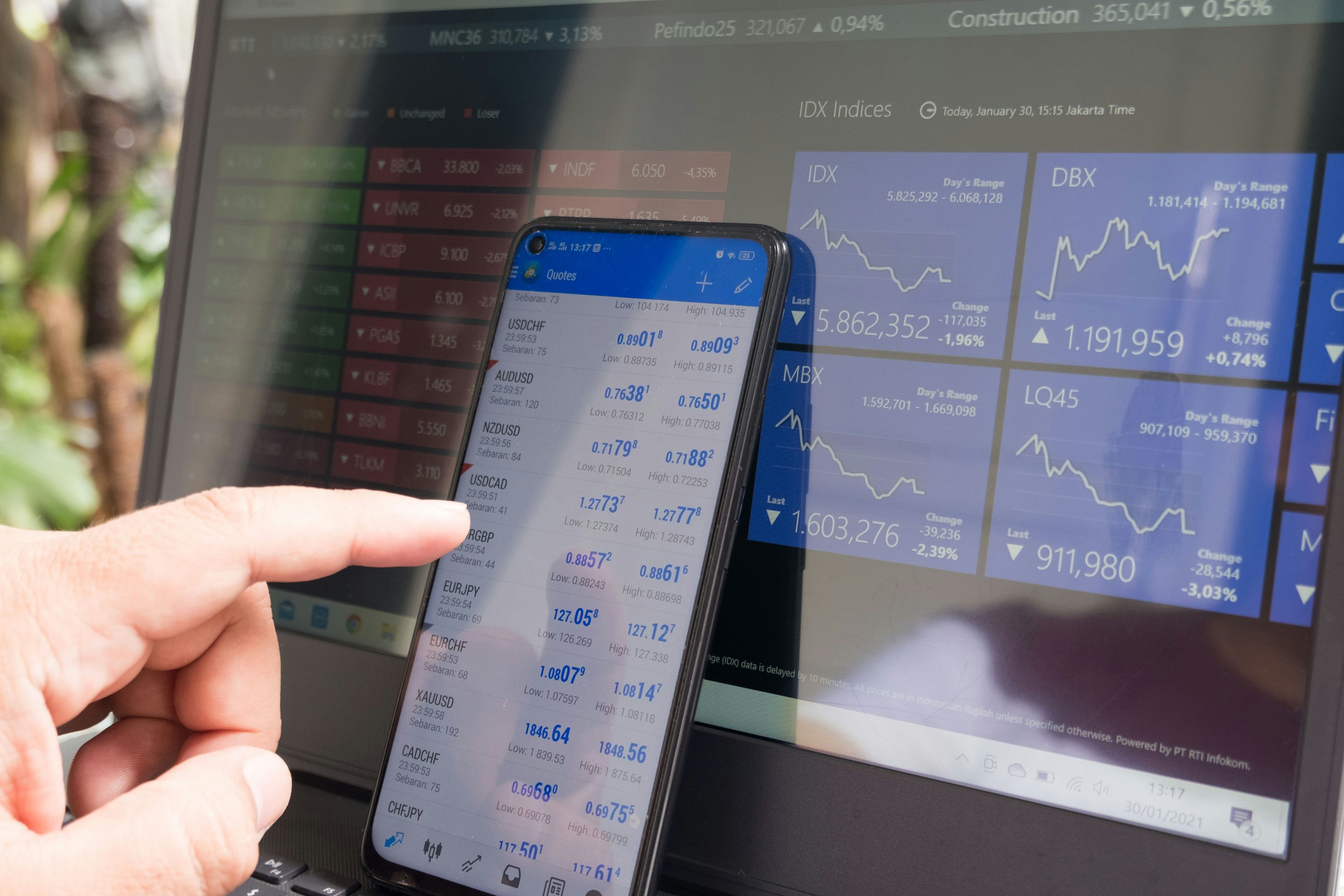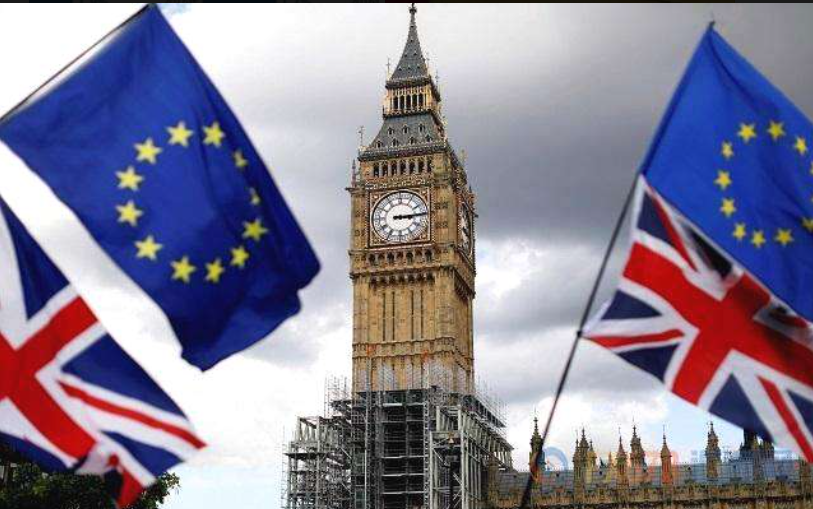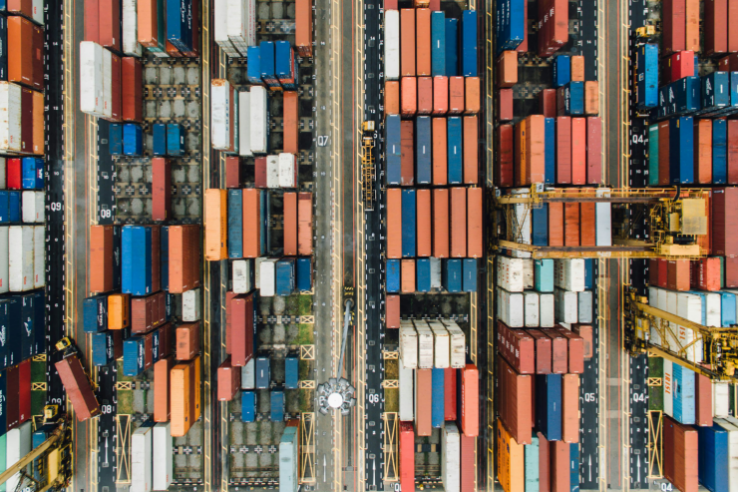In the tide of economic globalization, transnational investment has become a key strategy for enterprises to expand the market and optimize the allocation of resources. When enterprises set their sights overseas and embark on a journey of transnational investment, it is like a huge ship sailing to a vast and unknown ocean, which is full of opportunities and hidden risks.
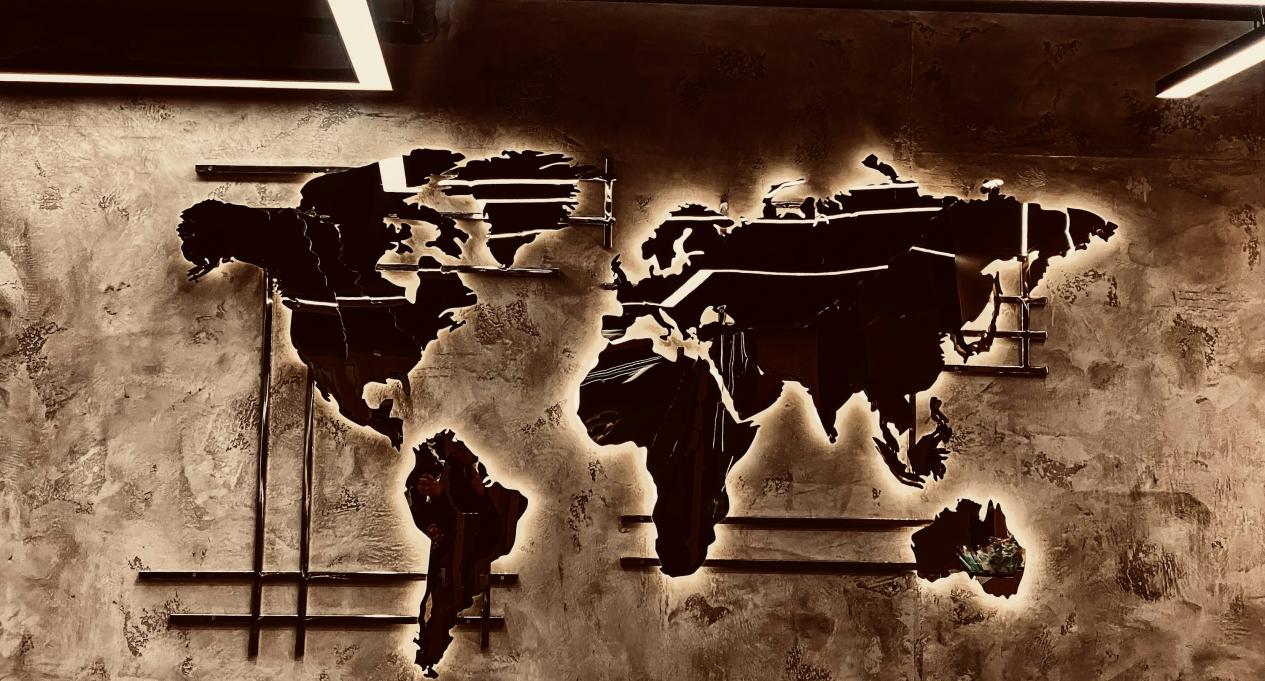
The driving force of transnational investment is diverse and strong. On the one hand, enterprises are eager to break through the limitations of the local market and find a broader consumer group and richer resources. Take technology giants as an example. They invest in R&D centers in emerging market countries, which can not only take advantage of local talents, but also be close to the forefront of the market, capture the changes in demand at the first time and realize the seamless connection between technology and the market. On the other hand, preferential policies and tax breaks in different countries are like magnets, attracting enterprises to come in droves. In order to attract foreign investment, many developing countries have built industrial parks with complete functions and complete facilities, providing enterprises with "one-stop" convenient services, escorting the whole process from project approval to production and operation, greatly reducing the investment cost and time cost of enterprises.
However, transnational investment is not a smooth road. Cultural differences are the first obstacles that enterprises encounter. The cultural background, business customs, and management concepts vary significantly from one country to another. If we can't deal with them properly, it will easily lead to problems such as poor internal communication and blocked teamwork. When a European and American manufacturing enterprise first set up a factory in Asia, it ignored the local cultural characteristics of paying attention to interpersonal relationship and collective decision-making and implemented a tough top-down management style, resulting in low staff morale, high turnover rate and far lower production efficiency than expected. Moreover, the uncertainty of the political and economic environment often go hand in hand. Geopolitical conflicts, the rise of trade protectionism, exchange rate fluctuations and other risks may disrupt the strategic layout of enterprises at any time, make investment projects in trouble and even suffer huge losses.
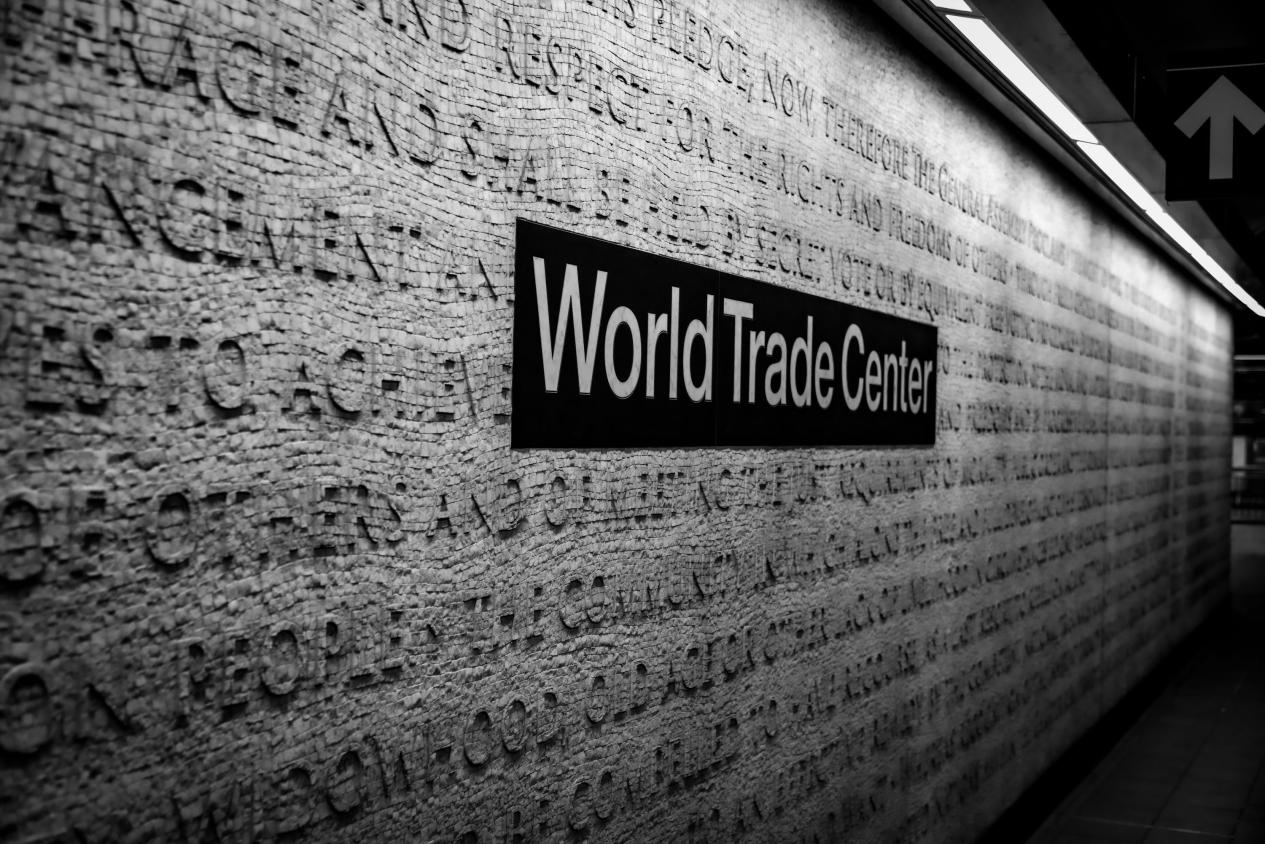
Cross-border investment has also spawned new cooperation models and financial innovation. Strategic alliances and joint ventures have become the first choice of many enterprises. By combining with local enterprises, we can realize complementary advantages, which not only reduces the risk of entering new markets, but also quickly opens up the situation. In the financial field, cross-border M&A funds, international syndicated loans and other financial instruments came into being, providing enterprises with diversified financing channels and financial support. These financial products gather the strength of global capital, help enterprises cross national boundaries, complete one strategic investment merger and acquisition after another, and promote the efficient allocation of resources on a global scale.
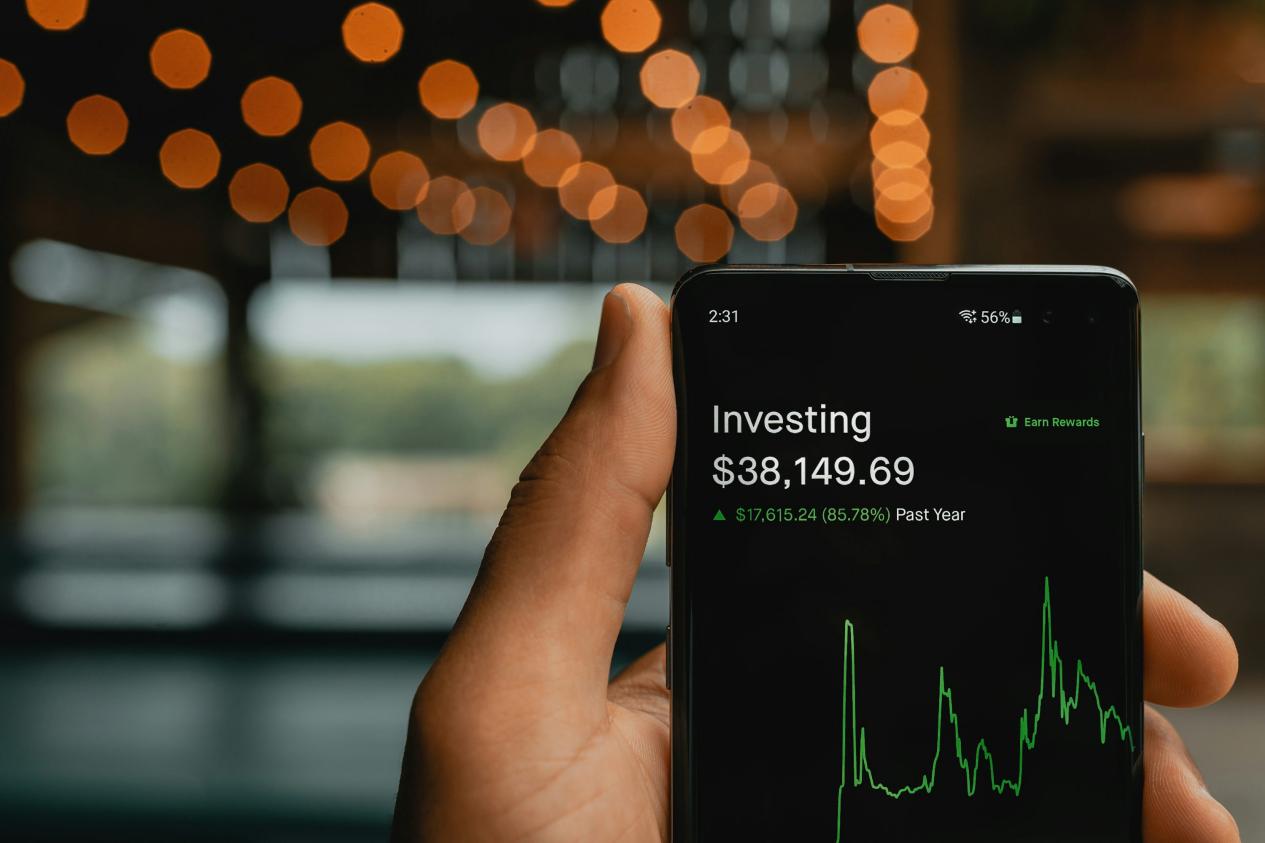
Looking ahead, transnational investment will be more accurate and efficient under the impetus of technological innovation. Big data and artificial intelligence technology will be deeply integrated into the investment decision-making process, from market research, project evaluation to risk early warning, to improve the scientific nature of investment decision-making of enterprises in all aspects. At the same time, with the deepening of the concept of global sustainable development, green transnational investment will become the mainstream trend. While pursuing economic benefits, enterprises will pay more attention to environmental and social benefits, invest in renewable energy, environmental protection industries and other fields, contribute to the global ecological civilization construction, and open a new chapter of coordinated progress between transnational investment and sustainable development.




